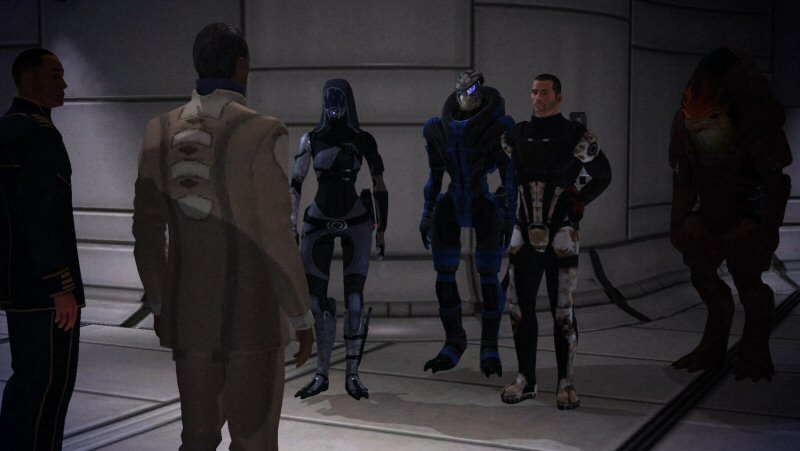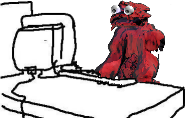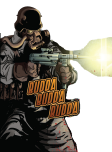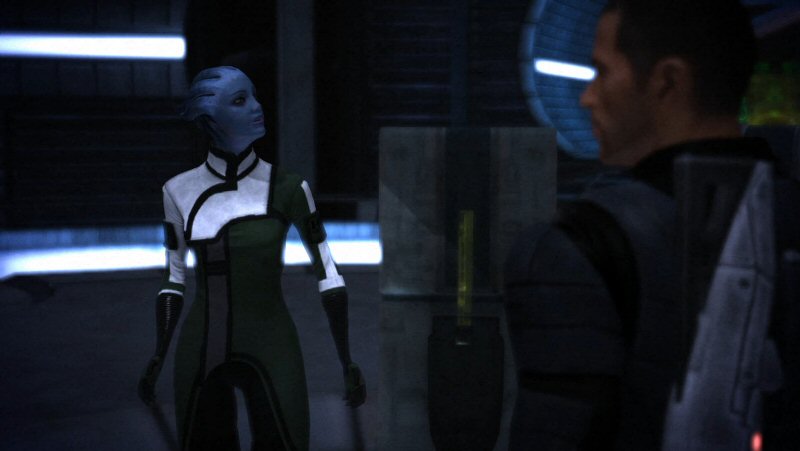- Joined
- Jan 28, 2011
- Messages
- 97,461















Mass Effect 2: http://www.rpgcodex.net/forums/inde...s-young-now-on-me2.101333/page-5#post-4139755
Mass Effect 3: http://www.rpgcodex.net/forums/inde...s-young-now-on-me3.101333/page-9#post-4351289
Mass Effect: Andromeda: https://rpgcodex.net/forums/index.p...e-by-shamus-young.101333/page-17#post-5839867
A new multi-part series from Shamus Young.
Mass Effect 3: http://www.rpgcodex.net/forums/inde...s-young-now-on-me3.101333/page-9#post-4351289
Mass Effect: Andromeda: https://rpgcodex.net/forums/index.p...e-by-shamus-young.101333/page-17#post-5839867
A new multi-part series from Shamus Young.
Mass Effect Retrospective: Part 1

For the last few years I’ve half-jokingly suggested that there is no upper limit on how much people are willing to discuss the Mass Effect games. This series is going to put that idea to the test. This series is going to run for several weeks, and by the end it will be the length of a young adult novel.
Yes, I have discussed this series to death over the years. In Spoiler Warning our group covered all three games, in excruciating detail, over the course of 36 hours of running commentary. You’d think there would be nothing left to say at this point.
But we played and commented on those games in their time. Today I want to look back and examine the series as a whole, now that we’ve seen it through to the end. The white-hot nerdrage has cooled, the reflexively defensive fans have moved on, and we have a couple of years of perspective between our expectations, the results, and where we are now. Mass Effect: Andromeda has been announced, and so I want to take one last back over the whole trilogy with an analytical eye and (hopefully) without so much rancor.
Also be warned that since we’ll be discussing and contrasting all three games at once,there will be no spoiler tags for anything whatsoever. Use your head.
So much of the discussion of Mass Effect focuses on the ending of the trilogy. That seems to be where a majority of the audience checked out and stopped trusting the storyteller. But while the ending is the source of the controversy, I don’t think it’s the source of the problem, and it’s not where the interesting changes take place.
The Changing Face of BioWare
Mass Effect tells the story of Commander Shepard as he[1] tries to save the galaxy andmaybe fails at it? We don’t know, actually. It all depends on your definition of “saved”. But more interesting than the story of Shepard is the story of the company that created him. If we look at the tone and construction of the games it tells a story about a development house that was transformed in both personality and focus, over the span of just five years. Companies change all the time, but few games give us such a clear view of such a rapid transformation.
To those of us stuck on the outside of the company and who don’t follow the ongoing soap opera of equity firms and holding companies, the story of BioWare gets a little murky in 2005, when they teamed up with Pandemic studios. Then in 2006 they opened a new studio in Austin to produce the Star Wars MMO The Old Republic. Then in 2007 they sold themselves to Electronic Arts[2]. In 2009 they opened yet another studio, this time in Montreal.
The development of the Mass Effect series overlapped with all of this chaos. When work on Mass Effect 1 began, they were a single quasi-independent[3] studio. By the time the third game launched, they were a collection of three studios owned by the Borg Collective of games publishing, they were running one of the most expensive, high-profile, and ambitious MMO titles ever developed, and were developing Dragon Age and Mass Effect titles simultaneously.

I don’t care how informed your leadership is, how nice and talented your employees are, or how much money you have in the bank. You can’t go through that sort of radical growth and shift in focus over such a short timeframe and retain your company culture. It’s one thing if you make chocolate snack cakes. As long as you don’t mess with the equipment or the ingredients, your product can stay the same. But if you’re a creative company and your products come directly from the hearts and minds of your talent, then retaining your creative identity amid such a drastic influx of new blood is fiendishly difficult. That doesn’t mean your products will necessarily be worse, but they will be different.
To put it another way: Sir Terry Pratchett was an amazing talent. But if J. K. Rowling had hired him in 2002 to help her pump out Harry Potter books twice as fast, it would have fundamentally changed the tone of the series. Different creative people come up with different ideas, and this will give the new work a different texture[4]. And even if it’s an improvement – even if you want to argue that Pratchett-Potter books are better than Rowling-Potter books, the new books will still feel ill-fitting and alien to people who fell in love with the originals.
The Ages of BioWare

Mentally, I divide BioWare’s history into three broad periods:
No matter where you draw the line, it’s very clear that Mass Effect 1 and Mass Effect 3 are radically different games, and within the series we can see the change from “Classic BioWare” to “Nu BioWare”. At the start we have lavishly detailed worldbuilding, very trope-ish arch characters, stiff animations, and gameplay with generally lousy game feel. At the end the focus is on characters instead of worldbuilding, and the old RPG mechanics have been replaced by mainstream action shooter sensibilities.
- Early BioWare: Baldur’s Gate and Neverwinter Nights They were a major studio by the standards of the late 90’s, but their sensibilities would come off as extremely “indie” today: Top-down, number-crunchy roleplaying games with lots of clear connections to their tabletop roots. The games were more tactical than visceral[5].
- Classic BioWare: KOTOR, Jade Empire, Mass Effect, and Dragon Age: Origins.Here the company gradually moved away from their mechanically complex roots and tried to make games with more mass appeal: Third person camera, rich characters, voice acting, cutscenes, three-person squads. The automated dice-rolling mechanics gave way to the player pushing buttons to make attacks happen.
- Nu BioWare: Mass Effect 2 and beyond. If we’re being churlish, I suppose we could call this “EA BioWare”. You can haggle about where to draw the line between “Classic BioWare” and “Nu BioWare”. Maybe you want to draw it with Dragon Age, since the “blood and sex and heavy metal” marketing campaign felt pretty un-BioWare, even if the gameplay held pretty close to their standard formula. Or maybe you want to draw the line at Dragon Age II, which felt so completely unlike Origins in pacing, gameplay, tone, scope, themes, and environments that it felt like the franchise had been handed off to a different studio.
This creates an unfortunate rift in the fanbase. Love it or hate it, those new shooter mechanics are a lot more popular than the RPG-focused combat of Mass Effect 1. A big chunk of the player base hasn’t even played the first game, and shooter fans who fell in love with Mass Effect 2 went back to see what they missed in the first game and found it completely unplayable. It’s a bit like the argument between fans of the different 3D Fallout games:
Alice: Fallout 3 was stupid. New Vegas was so much more coherent!
Bob: But New Vegas was boring and ugly and Fallout 3 was way more fun!
We start out trying to critique specific elements of a game, and end up dragged into a pointless argument over which game is “better”. This distracts us from the more important discussion of understanding the art we consume and understanding why we enjoy it[6].
So what we’re going to do here is step through all three games, examine their moving parts, and try to identify the magic that made us love them so much, as well as the failure points that lead to the ending controversy.
What is This For?

I’ve got three main points I want to make in this series:
1) The ending of Mass Effect 3 is where the problems culminated, not where they began.
The ending was deeply controversial, so that’s where everyone focused their attention. It didn’t hold together, it didn’t make sense, it was tonally wrong, etc. A lot of people lump me in with MrBtongue, because we’ve both had a lot to say about Mass Effect and our points had a lot of overlap.
Link (YouTube)
But even though I’m a pretty huge fan of MrBtongue (including that one really oddball episode on soccer) I’m going to diverge from his position that the first 99% of Mass Effect was great, and it all held together until the Star Child showed up. For me the major cracks in the story don’t come from the end of the third game, they come from the start of the second. Those cracks spiderweb outward, creating more problems down the road and eventually leading to the unraveling at the end of the series.
2) The failure of the Mass Effect story can’t be blamed on any single individual or decision.
Lots of people like to point out how Drew Karpyshyn was the lead writer of the first game, he shared writing credit with Mac Walters on Mass Effect 2, and then Karpyshyn departed the company, leaving Walters to handle the third installment on his own. This provides a tidy narrative: “Karpyshyn made it good, and then Walters came along and ruined everything!” I admit it’s tempting to jump this conclusion, simply because it offers a perceptible reason for the changes we see in the story.
But I don’t think it fits. There are sketchy bits in the first game and brilliant bits in the third, and the actual downfall of the story is a complex, multi-faceted problem
3) Themes are just as important as facts.
We often get so caught up in haggling over lore and continuity that people overlook the importance of deeper, more foundational elements like themes, ideas, philosophy, and tone. While it’s “easy”[7] to fact-check your story and make sure you keep the people and places straight, it’s much harder to nail a particular tone. Shifting the philosophical bent of a story can often be more damaging to our enjoyment of it than getting some of the facts wrong.

We’re going to look at the games, how they fit together, and talk about how disappointments over the games have lingered in a way that (say) the public disappointment with Duke Nukem Forever didn’t. I don’t know if you’ll find it cathartic, informative, illuminating, or annoying, but I do promise you’ll find this series to be exceptionally long.
Buckle up.
Last edited:















![The Year of Incline [2014] Codex 2014](/forums/smiles/campaign_tags/campaign_incline2014.png)

























